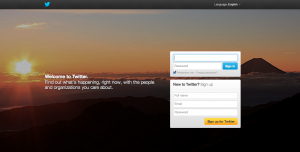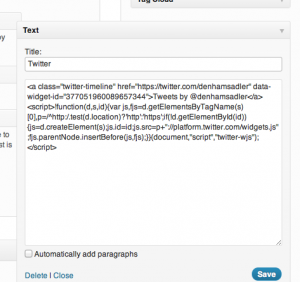
The 80/20 Rule
The first reading for this week, ‘The 80/20 Rule’ by Albert-László Barabási, got into the nitty gritty aspect of networks on the internet, describing it in a scientific, very mathematical way. It took me a while to get my head around it, but with some useful examples, I think I kinda understand it.
It begins by describing this ‘80/20 Rule’, developed by Pareto when he was observing his garden. Pareto discovered that 80% of his peas were being produced by only 20% of the peapods, and then applied this to several other truisms, discovering that it is surprisingly accurate.
It states that in most cases, 4/5’s of our efforts will be mostly irrelevant, and this can approximated to the internet: 80% of links point to only around 15% of webpages.
Barabási then began to investigate the network behind the internet, and stated that he expected to find that they are connect randomly, but instead found that the distribution of links on various webpages followed a ‘power law’.
These power law distributions differ from random distributions as they don’t have a ‘peak’ and you can’t ascertain an average value from it. In a power law distribution, many small events coexist happily with a few large events; outliers are common, they aren’t really ‘outliers’.
Barabási describes this in terms of the internet by saying:
Millions of page creators work together in some magic way to generate a complex web that defies the random universe – collective action forces the degree distribution to evade the bell curve and to turn the web into a very peculiar network described by a power law.
I didn’t really ‘get’ this idea of a power law distribution under the example of maps.
The reading related a normal, random distribution to a roadmap, where the cities are the nodes and the highways connecting them are the links, it is a uniform network:
In contrast to this, a power law distribution is like an airline flight map, where the nodes are the airports, which are connected by direct flights between them. There are a few hubs, the major networks, but the vast majority of airports are tiny, appearing as nodes with at most a few links connecting them to other airports. In this map, the major networks are the likes of Sydney and Melbourne, where there are multiple links out to other airports, while smaller ones like Uluru only have two or three.
This is similar to the internet, where the are ‘major’ hubs, websites with a large volume of links to it, which then link out to other websites. This major hubs would have to include the likes of Google, Wikipedia, and Facebook.
This type of network is described as a ‘scale-free’ one, a very scientific way to describe the networks that we ourselves are contributing to with our blogs.



















